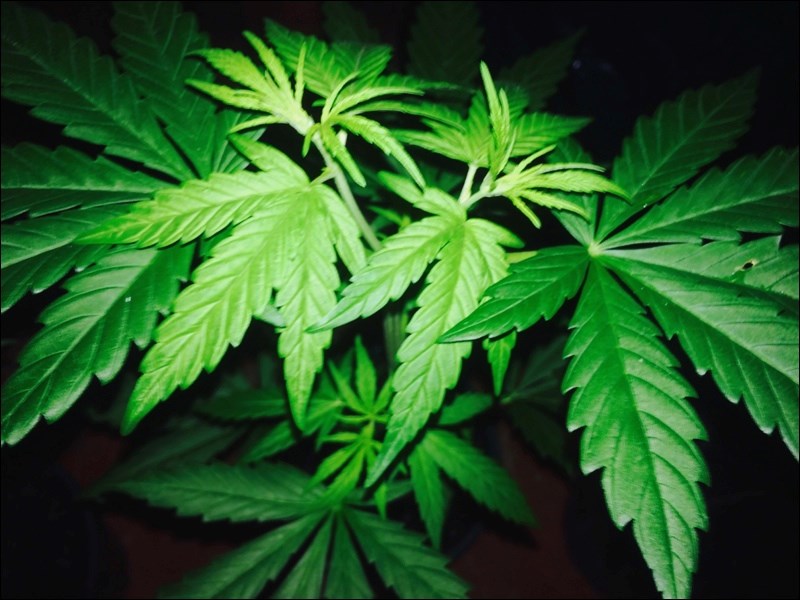Another era of prohibition has ended. As of yesterday, Oct. 17, the use of recreational marijuana was legalized in Canada.
The alcohol prohibition experiment in Saskatchewan was in effect from 1916 to 1924. According to the Canadian Encyclopedia, “Prohibition was the result of generations of efforts by temperance workers to close bars and taverns, which were the source of much drunkenness and misery in an age before social welfare existed.”
Alcohol prohibition was short-lived, but it created a colourful chaos that eventually led to its repeal. Oddly enough alcohol could be produced in Canada during prohibition, just not sold legally in the country. It could be exported through Canadian ports.
This situation led to “rum running.” The United States was also under seriously restrictive laws during this era and smugglers would divert legally produced alcohol to illegal markets south of the border.
A black market was created, similar to that which exists today for marijuana. The difference being production of cannabis has not been sanctioned except for a limited number of government approved operations for medicinal cannabis. And just for history’s sake, during alcohol prohibition, prescriptions for alcohol for medicinal purposes could be obtained and were most sought after around the Christmas holiday period.
The eight-year span of alcohol prohibition pales in comparison to that against pot. According to one source cannabis was one of the first crops sewn by Europeans in North America as far back as 1609. It was grown mainly for its qualities as hemp for paper production and other uses. It stretches the imagination to think it wasn’t also used for other purposes, after all original recipes for Coca Cola contained traces of cocaine. Opium dens were prevalent throughout the world in the 1900s. Drug use, beyond alcohol, isn’t a new phenomenon.
While weed has deep roots in North America, it is safe to say it found its way into the public eye in the 1960s. The “alternative” lifestyles of the young adults finding their way in that era give us the stereotype of the pot-smoking hippy. Those hippies are now classified as “seniors.” Are they still toking up? Some yes, some no. If they are, the big question is, will they change suppliers? While prohibited by law, recreational marijuana and various forms of medicinal marijuana have been easily accessible in Canada for decades. Store front operations have been operating openly and online sources are prolific. Users also have trusted “green” market sources and some grow their own.
One of the biggest political pushes behind the end of pot prohibition is the end of the “green” market. Will it work? The youngest protégé in our newsroom suggests price and quality will be deciding factors. That’s a pragmatic analysis.
Prime Minister Justin Trudeau’s Liberals made an election promise and followed through. Whether that actually improves anything in the world of pot consumption remains to be seen. It’s an end to prohibition, but the beginning of a complicated aftermath.



